
About Franz Karl
Hello! My name is Franz Karl Gurtlinger. I have been fortunate enough to call Japan my home since 2006, and I am now entering my 19th year in this beautiful country. I have lived in Nagoya, Kyoto, Aomori, and on the Noto Peninsula. I am married to a Japanese woman, and we have a daughter together.
My experiences living in foreign countries have provided me with a valuable perspective on life and enhanced my professional journey. I can speak Japanese, German, and English, and I have significant experience working and living in Japan. My background spans various fields, including the hospitality industry, where I excelled in providing exceptional service. I hold a 二種免許証 (にしゅめんきょしょう、Nishumenkyo-sho)a Japanese professional driver’s license, which allowed me to work in the taxi industry in Kyoto. Additionally, I have a strong foundation in land development and real estate, with extensive knowledge of Japanese private rentals, buying homes in Japan, and UR public housing. Currently, I am actively writing and volunteering to support victims of the Noto Peninsula earthquake, demonstrating my commitment to making a positive impact in the community.
My family and I experienced the January 1st Noto Peninsula Earthquake disaster and its aftermath firsthand. This event sparked a significant interest in disaster survival and preparedness. I am dedicated to helping foreign residents and visitors to Japan prepare for potential disasters. Earthquakes, even large ones, can strike without warning, regardless of whether you live here or are just traveling. It’s crucial to be prepared and to maintain an awareness that such events can occur anywhere in Japan.
I have a passion for Vedic Astrology and hold level 1 and level 2 certifications as a Vedic astrologer. I have a strong interest in Eastern spiritual thought and Japanese culture, and I always actively learning more about Japanese, English, and German languages. Travel, writing, web design, cooking, meditation, and yoga are also integral parts of my life that I thoroughly enjoy.
In the past 19 years, I have traveled extensively by car and train across Japan, gaining in-depth knowledge of the country’s rail systems as well as its expressways, 国道 (こくどう) National roads, 県道 (けんどう) prefectural roads and local streets. My familiarity with these routes allows me to navigate Japan with expertise.
The region of Japan I know best is the Noto Peninsula. Let me share how I discovered this incredible place.
Discovering Noto
Over the years, I’ve had the incredible opportunity to experience the richness of life in various regions, including Tokai, Kansai, and Hokuriku. I began my journey in Nagoya, a city with a blend of modern energy, vibrant industry, and tradition.
I have always been drawn to the Kansai region by its deep traditions and vibrant culture. Whenever I visited this region, I always enjoyed the taste of Kansai’s food, history, and culture. I often dreamed of living in a place that offers tranquility and a profound sense of history. Kyoto, with its beautiful temples, shrines, and serene gardens, resonates with me for its rich heritage and enchanting beauty.
After moving to Kyoto, I found a deep sense of joy in exploring the city. Visiting its beautiful temples and shrines, I felt a profound connection to its rich history. The local markets were a delight, offering new flavors and experiences that filled me with curiosity and excitement. Living in two unique ares rich in historyFushimi-ku and Nakagyo-ku near Nijo this allowed me to truly appreciate the area’s vibrant culture.
Traveling is one of my passions and as I wandered through the Kansai Region, visiting places like Lake Biwa, Osaka City, Nara, and Wakayama, I felt both wonder and contentment. Yet, I began to recognize that the fast-paced city life was becoming overwhelming for me. By 2016, I found myself longing for a change, yearning for a place that offered natural beauty, forests, and a sense of calm. It was important for me to find a space where I could reconnect with myself and appreciate the serenity of nature.
I often visited the beautiful countryside of the Kansai region, along with Gifu and Nagano. Yet, I often felt that none of these places were what I was looking for. I wanted to find a location that had cooler summers, snowy winters, and an atmosphere filled with rich history, culture, and nature. A place that resonated with my desire for peace and beauty.
In 2016, I explored various locations in the Northern Kansai and Chubu Regions of Japan. I was captivated by the beauty of Kyoto’s Tango Peninsula and enjoyed discovering the uniqueness of different places in Nagano Prefecture, as well as Takayama and Hida in Gifu Prefecture.
One of the highlights of my journey was visiting my Japanese friend’s hometown, Kanazawa, in late summer. I was struck by how similar it felt to Kyoto, from the stunning architecture to the familiar Kansai dialect spoken by the locals. The late August weather was refreshingly cooler than what I had experienced in Kyoto, which made it all the more enjoyable. It became clear to me that Ishikawa Prefecture was the kind of place I had been looking for a place that truly resonated with my heart and soul.
I visited Kanazawa, but I found that it was just like any other city, and cities weren’t what I was truly interested in. I wanted to explore more and discover other parts of Ishikawa. My main desire was to see what the Noto Peninsula was like. So, in the fall of 2016, I visited Noto Cho. I was impressed with the area and took immediate action to explore how I could move to Noto. Although some believe that Japanese people are reluctant to assist foreigners due to language and cultural barriers, I was undeterred. I can speak Japanese and enjoy learning about the culture. I was determined to live in a place that truly reflects my identity.
I found out about the concept 移住定住I (Ijuu teijuu). This is a place where Japanese people can find help when relocating from the city to the countryside of a different prefecture usually far away. I contacted the 能登町移住定住. I expressed my interest in living in Noto and mentioned that I was a foreigner who could speak Japanese. They seemed very happy to assist me, and I scheduled an appointment to meet with them in Noto. I met with them in November 2016, and they showed me around Noto Cho. We viewed several homes that I could either rent or buy, and I discussed work opportunities with them.
Fortunately, I secured an opportunity in mid-December of 2016 and scheduled to start my new life in Noto in mid-January 2017.
Choosing the countryside
As a person who enjoys Photography. I am by no means a professional photographer, nor have I studied the subject. I truly enjoy capturing images of nature and architecture. The Noto Peninsula offers many points of interest where you can take stunning photos and really capture the essence of life in this beautiful area.
For many people both foreigners and Japanese, living in the countryside in Japan is very difficult. I understand why so many people from abroad are drawn to larger cities like Osaka, Nagoya, Tokyo, or Fukuoka. The fast-paced environment, the vibrant crowds, and the convenience of city life are incredibly alluring. Many foreign residents find comfort in the thought that Japanese people might be more accepting in highly populated areas. Being surrounded by others who share a similar background can be reassuring, and the accessibility of transportation adds to a sense of spontaneity and excitement in life.
In my case, this never appealed to me. I came to Japan not to be around other foreigners or to promote the culture of the English-speaking world or the English Sphear as I refer to it, but to leave it behind. As a German born in a foreign country, evening being born there I struggled to adapt to and identify with that culture. Eventually, I left and never looked back. I considered going to my native Germany; however, I wanted to explore Eastern thought and culture. Japan, being a very traditional country with its natural beauty, was particularly appealing to me for this reason.
My wife is Japanese and both of us have very similar feelings about life in larger cities in Japan we simply feel out of sync with city life. We’ve come to truly value the tranquility and natural beauty of rural Japan. Living in Noto has allowed us to escape the hustle and bustle and embrace a slower, more peaceful way of life. It’s been a rewarding journey, and I have spent the last eight out of nine years in Noto. My wife has been living in Noto since 2022. We feel fortunate to have made Noto Cho our home.
Where is Noto Cho?

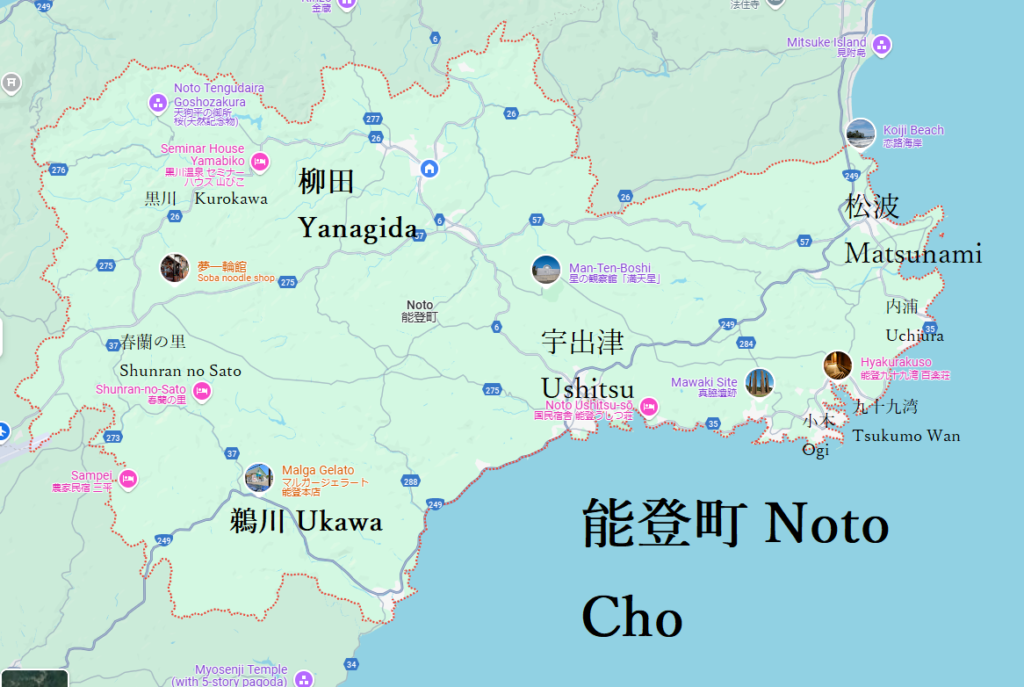
Noto Cho was established in 2005 and consists of Yanagida Mura, Uchiura, and Noto Machi. The town of Noto includes several towns and villages. Some of the main ones are Kurokawa, Shunran no Sato, Ushitsu, Yanagida, Ogi, Tsukumo Wan, Uchiura, and Matsunami.
Starting A Family
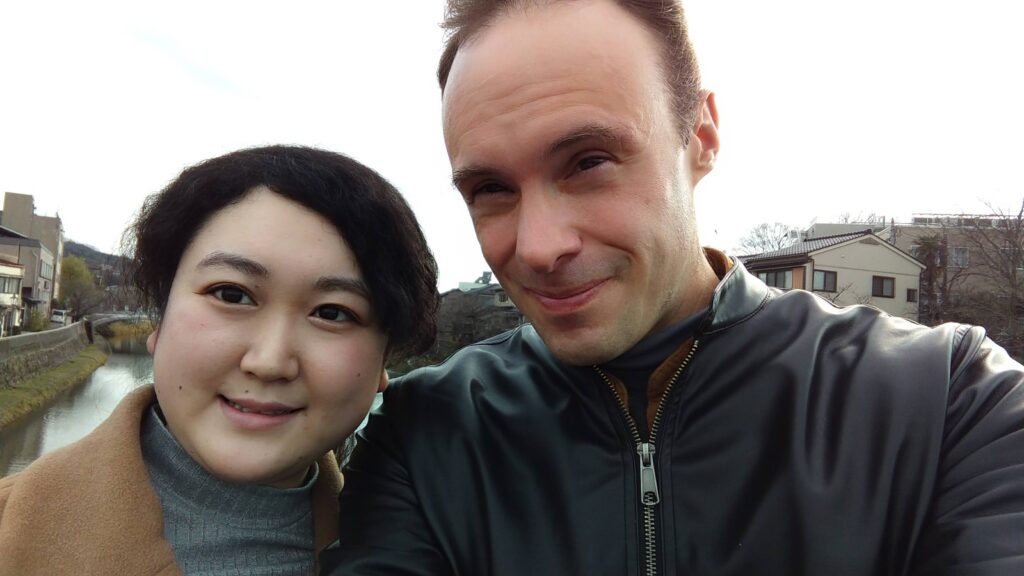
In 2020, I met a woman from Aomori Prefecture. Her family is from Shimokita Peninsula in the far North Eastern part of the prefecture. Her name is Kasumi. She and I met in 2020 and shortly after we started dating. I visited her several times in Aomori in 2020. She was very interested in Ishikawa Prefecture and the Hokuriku region. She had never been there and always wanted to visit. She lived in Aomori Prefecture all her life, and she was growing tired of the area. We share similar interests because she loves living in the Japanese countryside and deeply dislikes hot weather. We made arrangements together for her to visit Noto. When I visited Kasumi in Aomori I dorve there from Ishikawa Prefecture. For me driving is fine as I enjoy long-distance drives. I arranged a route for her to save money and we could meet in Joetsu in Niigata Prefecture and I would drive her the rest of the way to Noto. She took two express trains from and a local train from Aomori station to Joetsu along the sea of Japan. It was the first time she had taken such a long train ride but she really enjoyed the beautiful scenery of the Sea of Japan and stopping over in Akita city and Niigata city to change trains. I met her in Joetsu and we drove the rest of the way. We spent the night in Takaoka city in Toyama. The next day we visited Kanazawa.
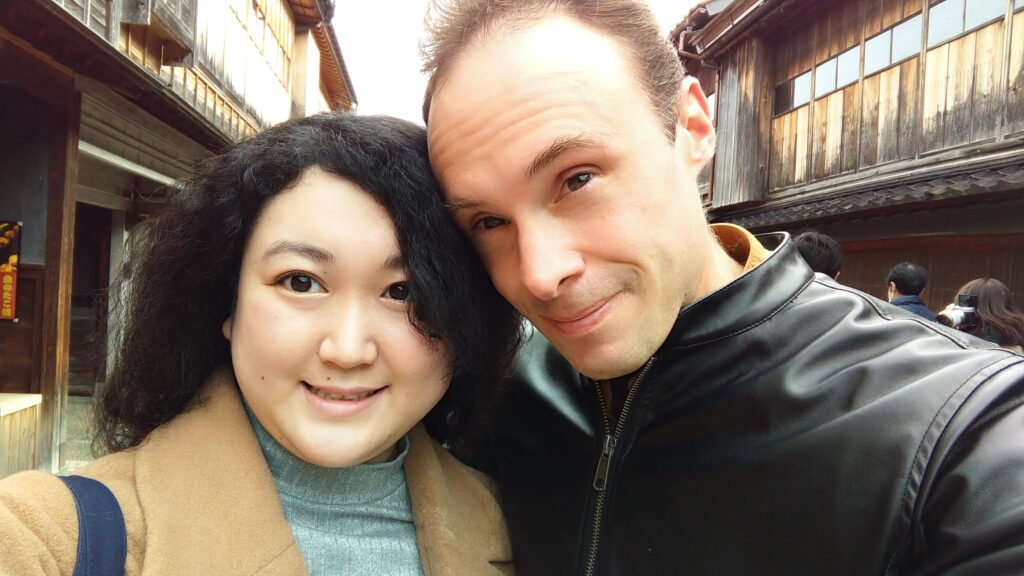
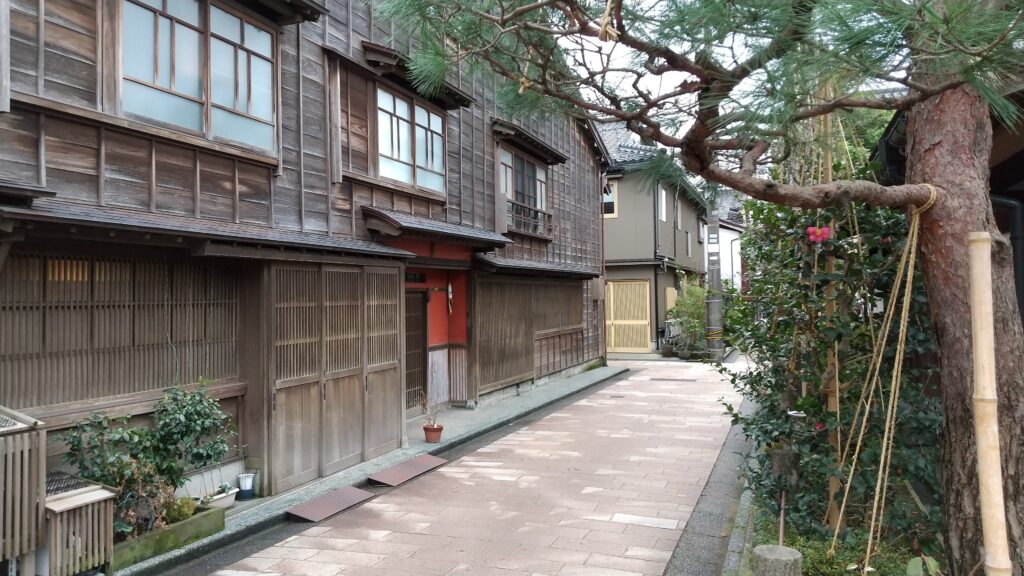

I captured this photo during my visit to Higashi Chaya Gai in May 2019. This is one of the best areas to explore in Kanazawa, filled with quaint shops and restaurants that beautifully constructed with traditional Japanese architecture. The atmosphere of Higashi Chaya Gai makes it easy to feel connected to the rich history and culture of the Ishikawa Prefecture.
Kasumi and I had a wonderful time exploring the shops and enjoying lunch at an udon restaurant. She adored the traditional Japanese architecture in the area and relished the food. Kasumi described the experience as feeling like she was walking into history. She was truly impressed with Kanazawa.
After seeing the sights of Kanazawa city, we drove to Noto Cho along the Sea of Japan, on through Nanao, and thenAfter exploring the sights of Kanazawa city, we drove to Noto Cho along the Sea of Japan, passing through Nanao, and then continued along Route 249 by Toyama Bay to Anamizu, finally arriving at my home in Noto Cho. on to Route 249 along Toyama Bay to Anamizu and to my home in Noto Cho.
We spent two weeks together, and we visited many different places all over Okunoto. I took her to Wajima Senmaida and Asa Ichi. Suzu City to Noroshi Light House the most North Eastern point in Noto Peninsula. We spent a majority of our time in Noto showing her all over the area.
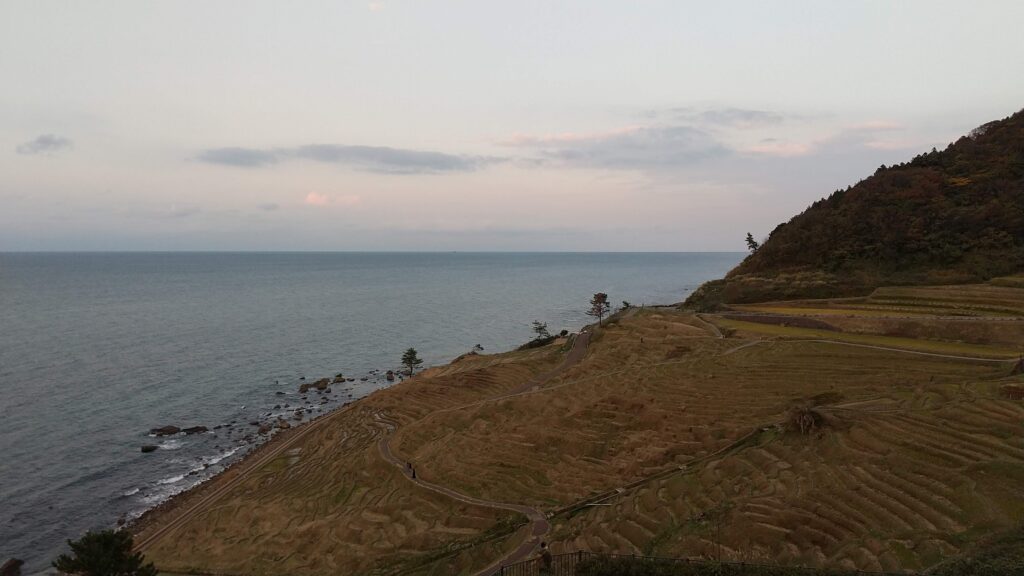


We visited many places in Noto Cho. Ika No Eki Tukumoru, Koiji Kaigan, Yanagida Onsen, and Nagomi Onsen.


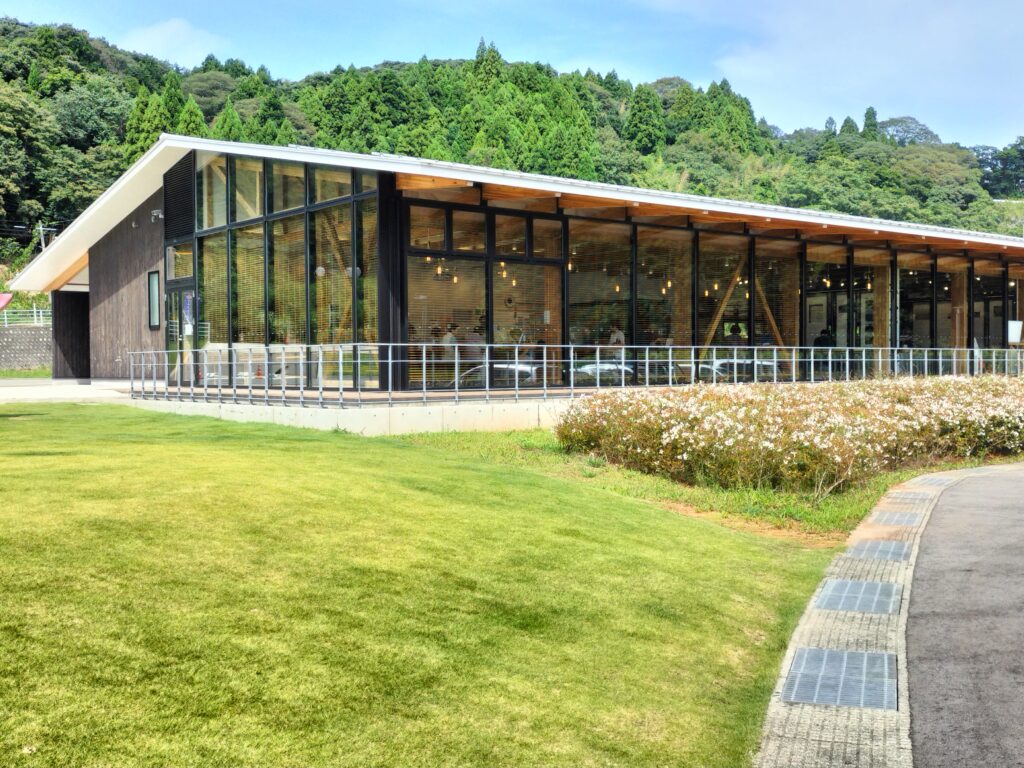

During the two weeks Kasumi spent in Noto, she was really impressed with life there and expressed her desire to live in Noto in the future. We both decided to make it our goal to live in Noto permanently. In December 2020, due to COVID-19, I was not doing much at the time, while she was still working as a 公務員 (public servant) in Aomori. Therefore, we decided to live together in Aomori for a year. During that time, we planned to visit Noto on several occasions to search for a home we could buy.
A Year in Aomori Prefecture

From March of 2021 to September of 2022 I spent a little over a year in Aomori Prefecture. We spent most of the time living in Rokkasho Village which is located in the North East Corner of the Prefecture. I was a very eventful year of many new beginnings. I love to get out and explore and I spent much of the year exploring Aomori Prefecture, other parts of the Tohoku region, and Hokkaido. Aomori is not as traditional and scenic as Noto Peninsula but it has a great Onsen culture, winter sports, beautiful lakes, and a beautiful coastal region to the north of the prefecture where you can view the southern reaches of Hokkaido.
I’m not going to spend to much time on Aomori here but I will get into Aomori prefecture in the blog section since I visit Aomori twice a year with Kasumi to visit her family. Here are some pictures I took while I was living in Aomori Prefecture.

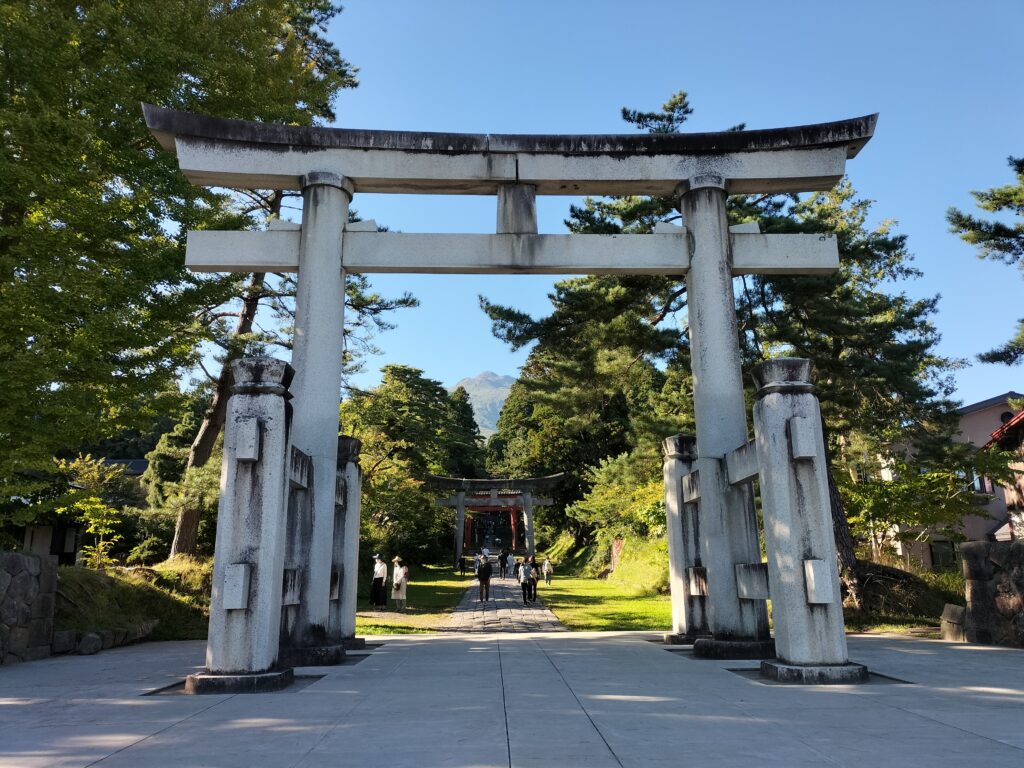

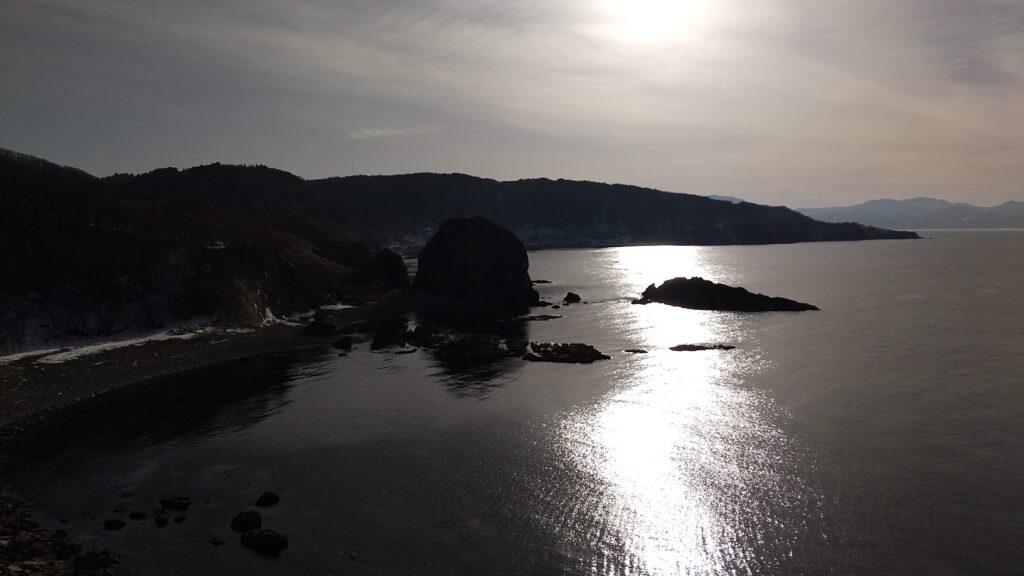
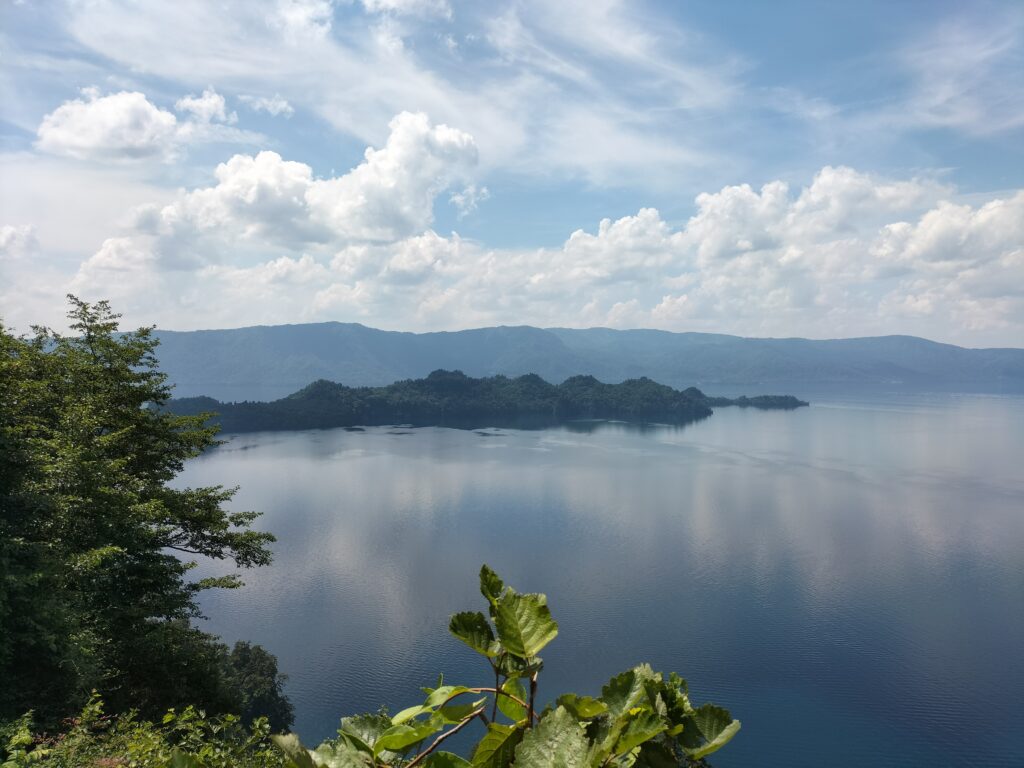
While living in Aomori Kasumi and I were married and we had our first child was born. Her name is Reina.

Buying a Home in Noto
Between 2021 and 2022 Kasumi and I visited Noto several to find a home we could buy. Noto Peninsula is known for its traditional architecture and Wajima Laquer Ware. Many homes especailly in the Yanagaida area of Noto Cho were well over 100 years old and some even dated back to the early 1800s the later Edo period. We both love traditional Japanese homes. What we were looking for would be built from the later Edo period to 1949. We decided on this range for one specific reason. Homes built before 1949 in Japan were built to sturdy and built last. When we made this decision, we did not know how well it would pay off in the near future by choosing such a place.
In the summer of 2022, we visited Noto Cho together and viewed a home located in the heart of Yanagida. The house was built in 1946, just before 1950, which was acceptable. However, being in a fairly populated area wasn’t quite what I had envisioned. We scheduled a week to see the home during that summer. Here is the lay out of the home we viewed.

The home is a 13 Room with a large 玄関 (げんかん)Entrance way and a dining room Kitchen, which is (DK) in a Japanese floor plan.
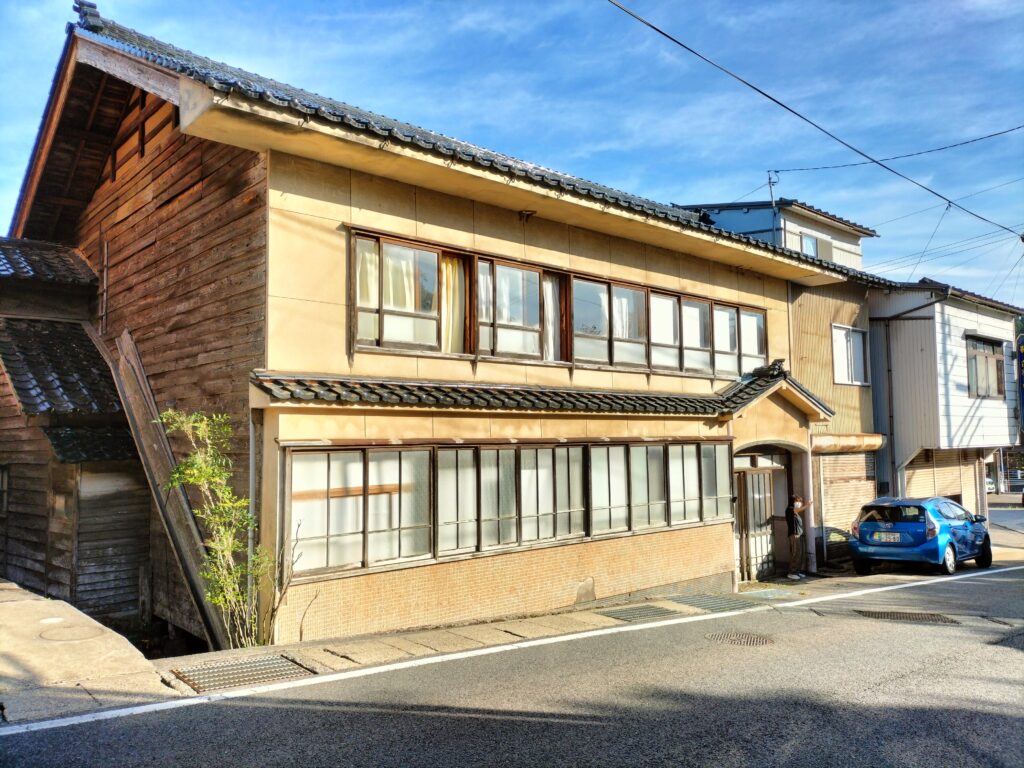
From the outside, the home does not look very remarkable but from the inside it was exactly what we were looking for.

This is the stare case near the entrance way.

The hall near the entrance way. The sliding doors are made of glass.
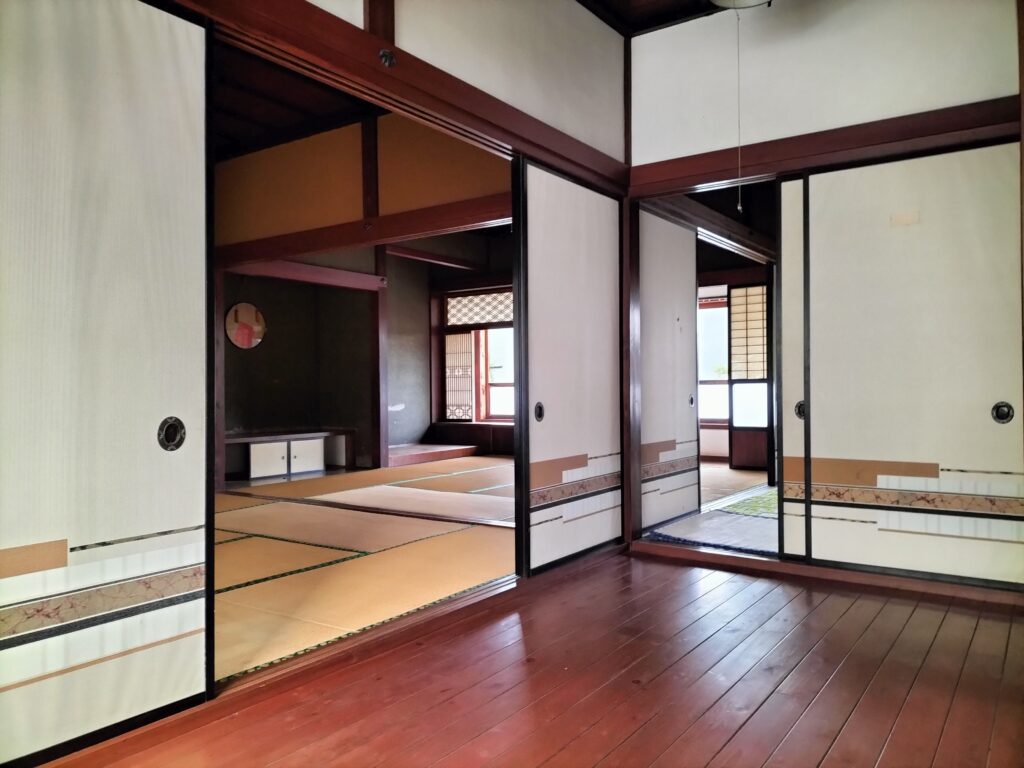
The main hallway on the second floor looking into three different rooms.

The main hall way on the second floor.
At the viewing we met the owner we talked about the homes history, if there were any problems with the house, and the details of the sale with the Real Estate agent. We also had a 住宅診断 (じゅうたくしんだん)This is an inspection of the home by a professional architect. The architect told us he could not find any major problems with the home and told us we could live there as soon as we liked. He also gave us suggestions on where we need to reform the home.
Initially, I didn’t like that the home was located in the middle of Yanagida because I like to live privately but we thought it was ideal being close to an elementary school, a library, a local supermarket, and Yanagida Onsen, which are all in walking distanA few days after viewing the home, we contacted the Real Estate agent and told them we wanted to buy the home. The closing on the home took place one month later. We took some time to prepare for the move and then moved back to Ishikawa.
Surviving the Earthquake and its Aftermath
A powerful Earthquake occurred on January 1st 2024. Our home is located just 19 Kilometers away from the epicenter of the 7.6 Earthquake. There is truly no way to describe a 7.6 magnitude earthquake and the impact it can have. If you have never experienced such an event and its aftermath, you cannot fully understand or grasp the sheer danger and horror that comes with it. Describing it as a horror is an understatement.
Earthquake Swarm
Noto is a region in Japan that has not been particularly prone to large earthquakes. While there is a history of some significant earthquakes throughout the centuries, it is generally a relatively mild area in terms of geological activity. However, this changed in 2020 when an earthquake swarm began in Suzu City. Minor earthquakes started occurring almost daily, with occasional tremors reaching magnitudes in the upper 4 range. This increased seismic activity even made national news, as experts suggested it was caused by underground water putting pressure on the surface, resulting in the earthquakes. The activity would subside when the water broke through to the surface.
May 2023
On May 5th, 2023, two significant earthquakes struck Suzu: one with a magnitude of 5.9 and another with a magnitude of 6.5. Following these earthquakes, there was a cautious sense of relief that the seismic activity was winding down. However, this proved to be just a foreshock, a troubling precursor to the unforgettable horrors that would soon be unleashed on the Noto Peninsula in the following months.
Following May 2023, seismic activity continued but at a reduced intensity compared to the period leading up to the 6.5 magnitude earthquake. By December 2023, the frequency of earthquakes appeared to decrease slightly, providing a sense of relief as many people prepared for the New Year’s holiday. This was the calm before the storm.
The reality of the sheer horror of Earthquakes
On January 1st, it began at 16:06 with an extremely foreboding foreshock. I was in my home with my family when we felt this. This was the only warning we received. It was a quick one because 4 minutes later, all horror was unleashed.
On January 1st at 4:10 PM, a 7.6 magnitude earthquake struck, lasting over a minute and a half. It caused significant destruction, uprooting mountains and triggering landslides that destroyed homes. Roads were damaged, cars were overturned, and falling debris posed a danger to those outside.
Following the earthquake, a four-meter tsunami hit the coastline, giving residents in Suzu City mere seconds to escape. The tsunami devastated coastal neighborhoods, resembling war zones.
In Wajima City, fires ignited by the earthquake ravaged the Asaichi area and historic district, destroying numerous buildings. Emergency services struggled to contain the fires due to the damage caused by the quake.
Essential services were disrupted—there was no water, electricity, fuel, or internet access. The area was isolated with no news, leaving it in a state of chaos and destruction in its wake. On top of all of this was the aftershocks. Following the 7.6 magnitude earthquake, there were 2,500 aftershock earthquakes that continued until early June 2024. This was just the beginning—more about my experience on the Earthquake Survival blog page.

Franz Karl Gurtlinger
Writer and Vedic Astrologer